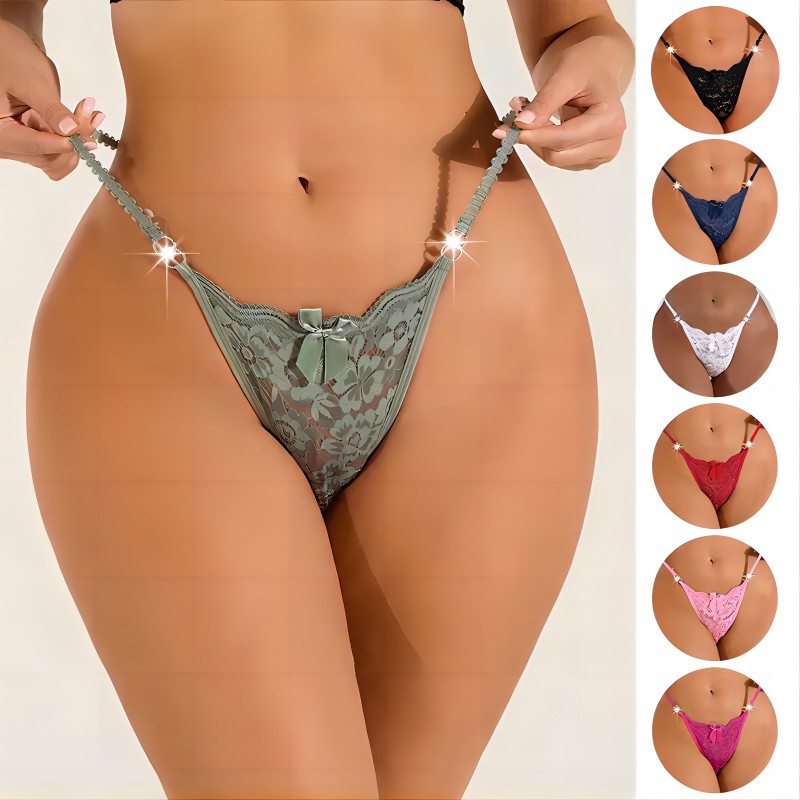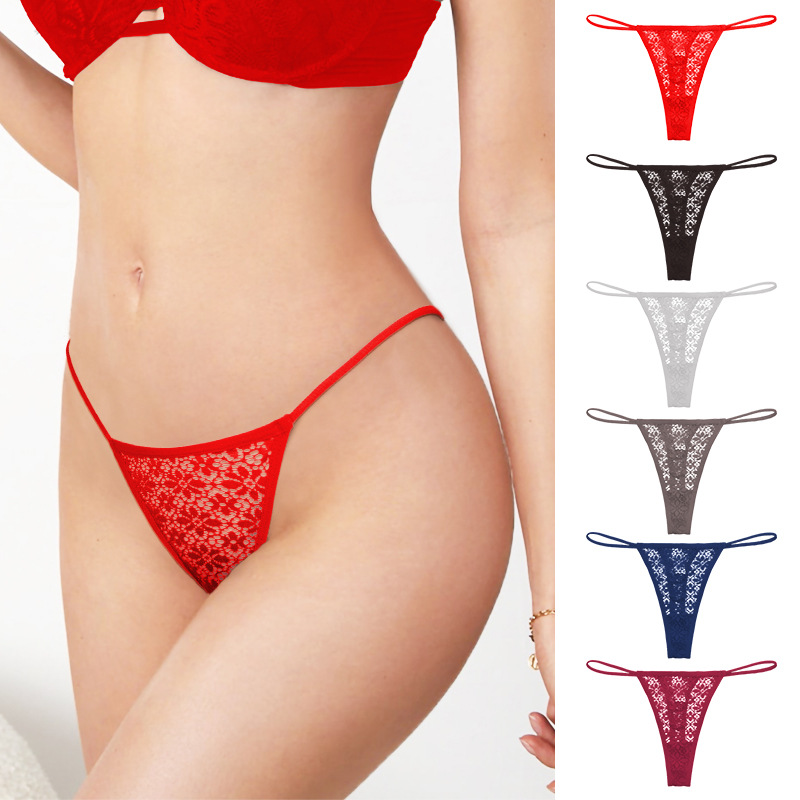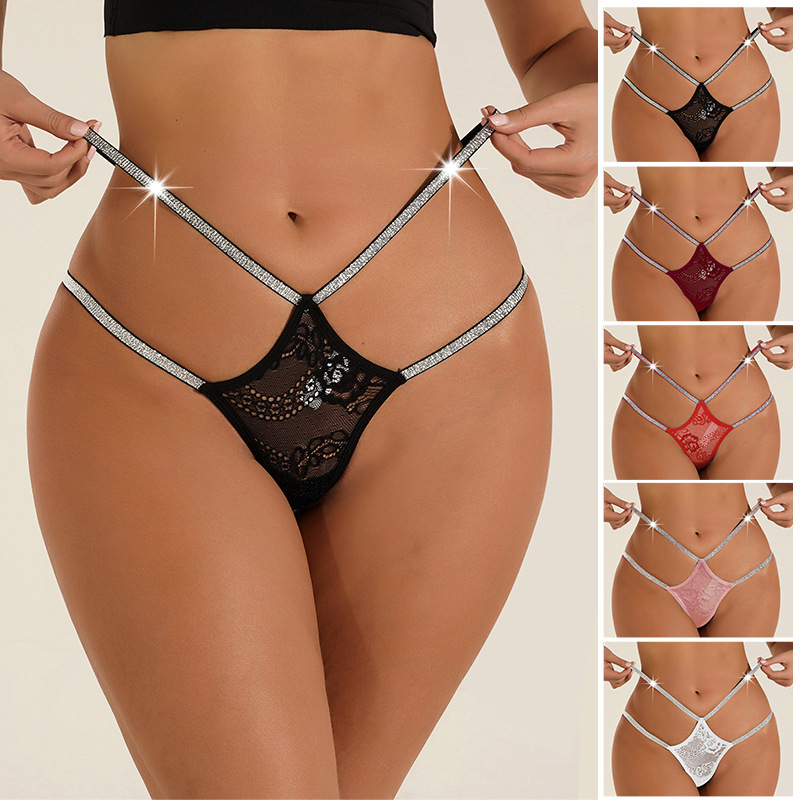Fabric Catalog Of Lace | Properties, How its Made and Types
| Fabric name | Lace |
| Fabric also known as | Ties, openwork, lacework, netting, tatting, tulle, meshwork |
| Fabric composition | Linen, silk, cotton, precious metals, synthetic fibers |
| Fabric breathability | High |
| Moisture-wicking abilities | Low |
| Heat retention abilities | Low |
| Stretchability (give) | Medium |
| Prone to pilling/bubbling | Low |
What is lace fabric?
Lace is a delicate mesh fabric that textile producers can make using a variety of techniques. The complexity of different types of lace varies greatly and is often used to emphasize or decorate clothing, upholstery, and household items, and this fabric is rarely used to make entire textile products. Underwear is the only notable clothing category that still features a lot of lace. Lace is commonly found on women's bras and panties, and is a common part of more complex lingerie sets.
Traditionally, lace is usually composed of silk or linen thread, and some textile artisans even use gold or silver thread to make this fabric. However, in contemporary times, cotton has become the most popular fabric for lace production, and some manufacturers use synthetic fibers such as polyester or rayon to make lace.
Lace is revered for its sophistication and complexity, and has been associated with sensuality and beauty for centuries. As a result, the fabric is still a common part of women's wear, including underwear.
How is lace made?
The methods used by textile manufacturers to create lace fabrics vary greatly depending on the type of lace. However, every lace production method starts with acquiring thread or yarn.
Traditionally, lace features linen thread, but high-end lace clothing sometimes features silk thread. Flax comes from the fibers of the flax plant, and silk comes from the cocoons that live on the mulberry tree.
As the Indian cotton trade boomed in the 1600s, more and more European lace garments were made of this textile fiber because it was both exotic and cheaper than silk. Cotton comes from cotton bolls around the seeds, each containing hundreds of tiny fibers.
Today, textile manufacturers sometimes use synthetic fibers to make lace fabrics. Polyester, the most common synthetic textile, is a petroleum derivative made using a combination of man-made chemicals, and rayon and its derivatives are made using wood pulp.
Once a textile manufacturer has obtained the desired type of thread or yarn, lace is usually made in one of three common types: bobbin, needle, or chemical lace. Each lace-making technique has multiple subtypes, and there are quite a few other different types of lace. Let's take a look at the details of these popular lace-making techniques:
bobbin
To produce bobbin lace, textile manufacturers load thread or yarn onto about 20 different bobbins. They then feed these spools into a pillow attached to the spindle and use pins to form the desired lace pattern on the pillow. The first automated lace-making machine followed the bobbin lace method, and automated bobbin lace was produced using a similar (but more efficient) process.
Needle lace
Needle lace seems to predate bobbin lace, and although delicate and beautiful, this type of lace is very time-consuming to make. In most cases, textile manufacturers make needle lace by attaching a guiding thread to a hard background and filling the desired pattern with tiny stitch stitches. While modern textile manufacturing machinery can simulate needle lace with reasonable fidelity, there is no substitute for this delicate, handmade lace fabric.
Chemical lace
Textile manufacturers create chemical lace by embroidering patterns on a fabric that is not resistant to corrosive chemicals. The lace is then soaked in chemicals until the backing dissolves, leaving only the lace pattern intact. Although chemical lace is easier to sew, the quality of this lace is not the same as bobbin or needle lace.
What are the different types of lace fabrics?
Over the centuries, there have been many different types of lace. While some types of lace are more popular than others, it's important to be familiar with each form of this textile when choosing the lace fabric that best suits your purpose:
1. Crochet lace
Technically, crochet lace is a type of crochet lace, and most experts do not consider crochet lace to be a form of true lace. Crochet lace types are fairly easy to make compared to other lace fabrics, including Fillet crochet, pineapple crochet, and Irish crochet.
2. Bobbin lace
At the same time, thanks to the invention of industrial lace-making machines, bobbin lace is one of the finest and simplest forms of lace, involving the combination of a dozen threads along a moving surface into complex patterns.
3. Knitted lace
Knitted lace is a highly elastic form of lace and is a knitted fabric with a large number of small holes. Knitted lace is often used to make shawls and tablecloths, but it is difficult to make and cannot be made by machine.
4. Hollow out
A carving is a lace that is cut into the backing cloth and then reinforced by a textile manufacturer with a needle and thread. This type of lace is fairly easy to make, and the carving production is usually automated.
5. Needle lace
Although textile manufacturers have gradually developed processes that make needle lace production more time efficient, this type of lace is still usually made using only scissors, thread, and needles. Needle lace is extremely complex and expensive, and is considered the pinnacle of the lace fabric family.
6. Tape lace
Tape lace is a popular arts and crafts project that involves folding straight tape and sewing it into the desired shape. The straps used in lace lace are usually machine printed and the lace parts are added using needle and thread.
7. Chemical lace
Chemical lace, which is made by embroidering patterns on fragile fabric and then using chemical agents to remove the patterns, is one of the simplest and least environmentally friendly types of lace. Newer methods of chemical lace production use heat or water instead of chemicals to remove the backing fabric.
8. Transparent lace
Transparent lace has many more holes than fabric, and when used for clothing or other purposes, it often needs to be backed with fabric.
9. Full pattern lace
This type of lace is less transparent because it contains a lot of fabric.
10. Raised lace
Most types of lace fabrics use thin, delicate threads, while rope lace uses thicker threads. This lace looks less complicated but is more durable.
11. Beaded lace
Beaded lace features sequins or beads that are sewn or woven into the lace at regular intervals.
12. Limerick lace
Limerick is a new type of mechanized lace, often considered a form of blended lace rather than true lace, as it is crocheted or embroidered.



